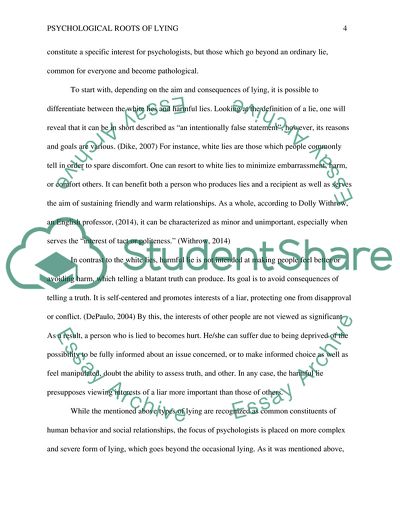Cite this document
(The Psychological Roots of Lying Literature review, n.d.)
The Psychological Roots of Lying Literature review. https://studentshare.org/psychology/1837532-the-psychological-root-of-lying
The Psychological Roots of Lying Literature review. https://studentshare.org/psychology/1837532-the-psychological-root-of-lying
(The Psychological Roots of Lying Literature Review)
The Psychological Roots of Lying Literature Review. https://studentshare.org/psychology/1837532-the-psychological-root-of-lying.
The Psychological Roots of Lying Literature Review. https://studentshare.org/psychology/1837532-the-psychological-root-of-lying.
“The Psychological Roots of Lying Literature Review”. https://studentshare.org/psychology/1837532-the-psychological-root-of-lying.


